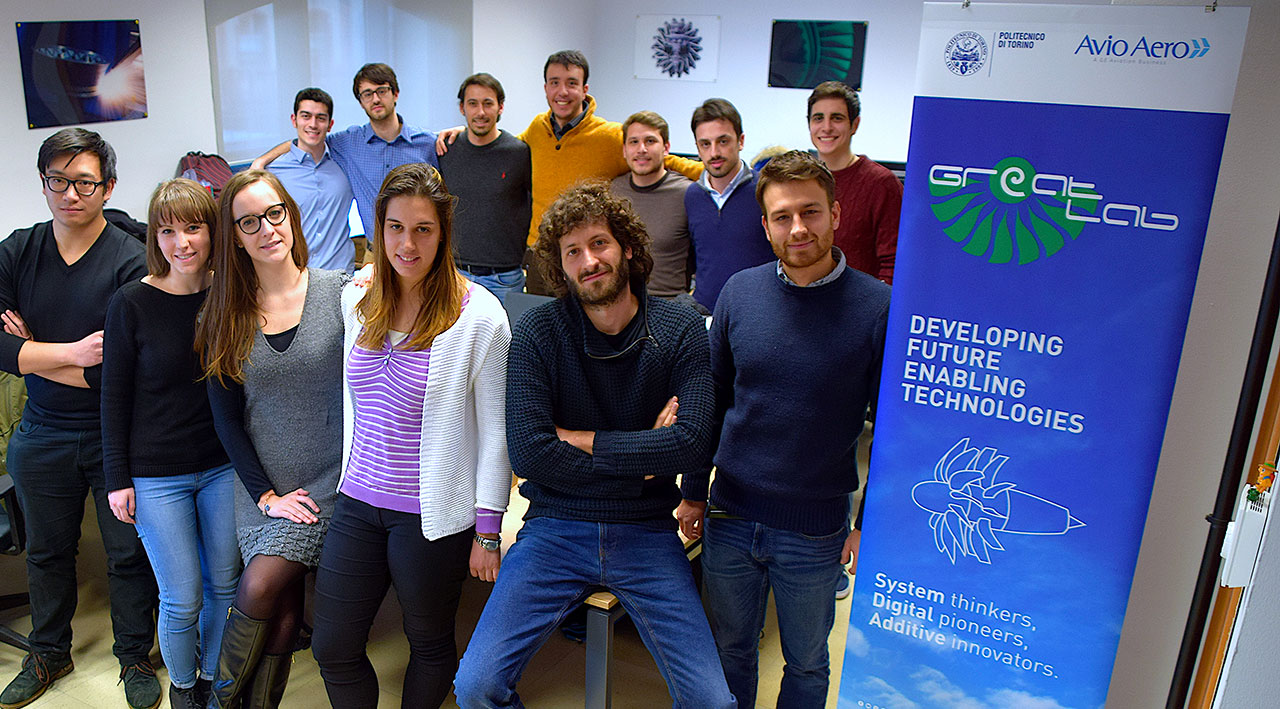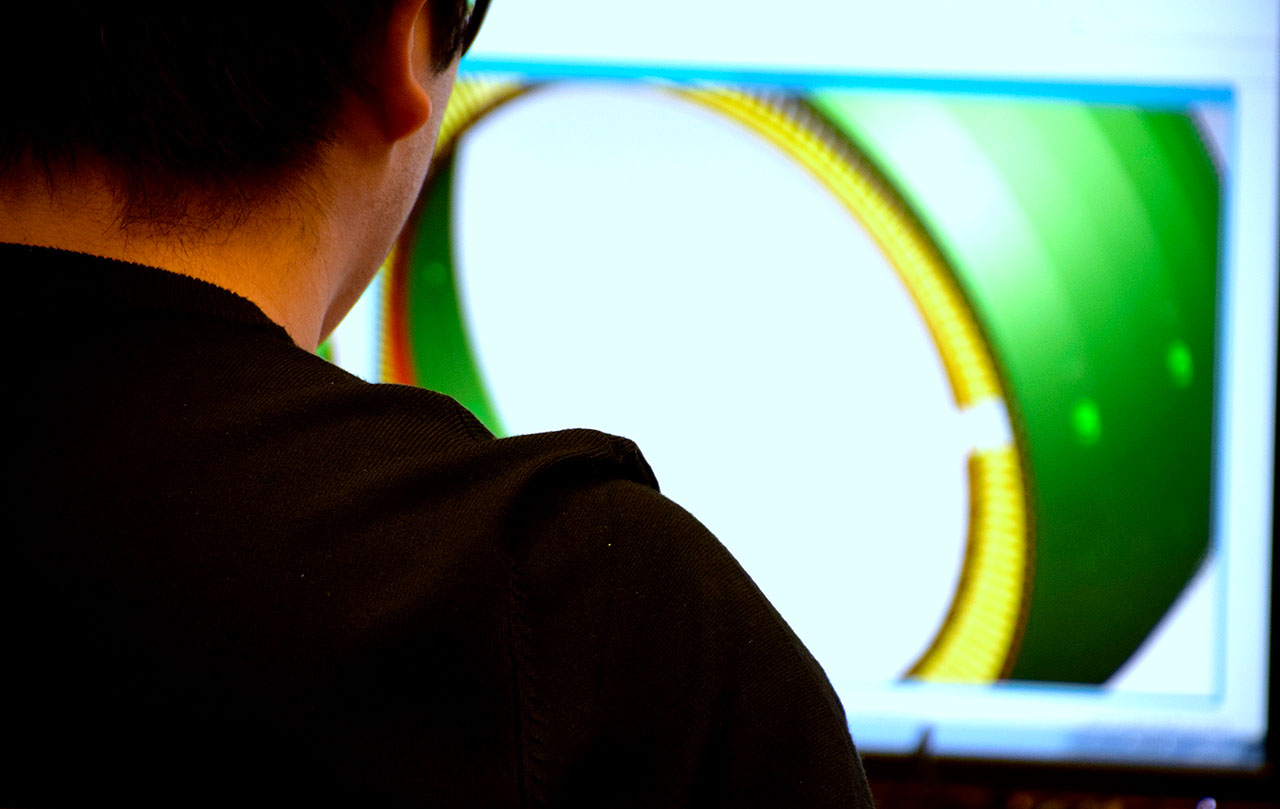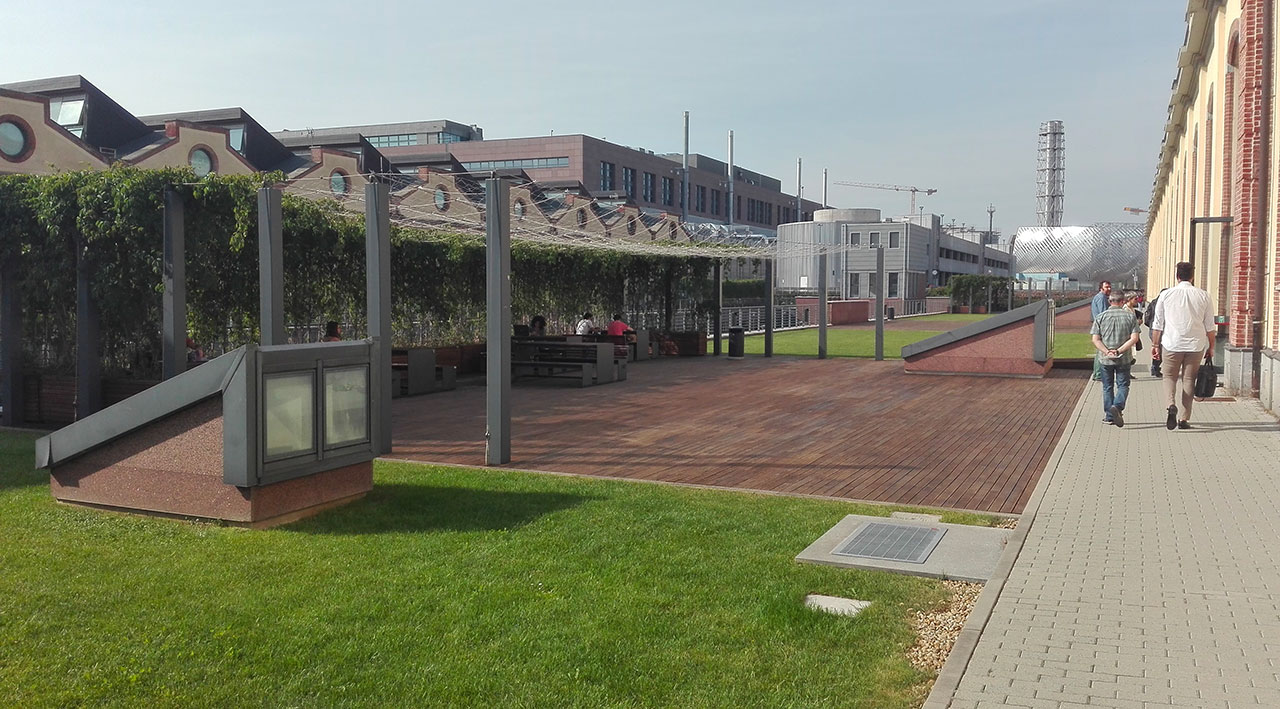Future
Thinkers, innovators, pioneers
After 10 years since its birth, how the first Avio Aero laboratory at the Politecnico di Torino for future aero engine transformed itself, thanks to digital and additive.
Jan 2019
The partnership between Avio Aero and the Politecnico di Torino has never been limited to Additive Manufacturing technology with the TAL, Turin Additive Laboratory. In fact, in 2008 a project was inaugurated as a first laboratory, which is still highly active today as it is in the phase of expansion and transformation.
The multiple disciplinary laboratory, GREAT (Green Engine for Air Transportation) Lab, was founded with the purpose of coordinating shared research activities, as well as identifying topics of interest for the evolution of "green engine" technology. At GREAT Lab, a team consisting of Avio Aero engineers, Politecnico professors, researchers, and graduate students are committed to a series of studies related to products that historically have made Avio Aero one of the main players in Aeronautics. In 2018, the laboratory enjoyed the involvement of more than 40 members in various fields, reaching a record number since its foundation, especially due to an exponential increase in the number of research contracts and graduate thesis.
As seen from the viewpoint of the GREAT Lab, the last ten years show growth in terms of numbers and skills, and even recounts the integration with GE Aviation. "The GREAT Lab has given us the opportunity to work freely, investing in innovative research treads, screening low TRL (Technological Readiness Level, ed.) technology, to select those with the greatest effective potential for the Avio Aero roadmap," says Marco Moletta, laboratory manager. "Furthermore, from the beginning, the laboratory has counted on its 'Digital' soul, aimed at process improvement. This has allowed us to develop software that has significantly improved and accelerated our way of working. For example, the 'Policontact' and 'PoliGear' applications that allow us to accurately estimate the vibrations in low pressure turbine elements or in the toothed wheels of a gearbox, and therefore to forecast the wear and residual service life. Or even 'Dyno', an application that allows us to study the dynamics of the entire motor system."
"Our motto defines our mission: cooperate through the research and development of technologies in an operative manner..."
In a certain manner, these software are the base of the study of digital solutions for aviation at Avio Aero. They allow predictive activities that allow saving time during the design phase and to avoid, or better anticipate, the problems with components in service inside airplane engines. "Our studies now address the future," continues Moletta. "We are increasingly focusing on integration between the design and the production phases, starting with the preliminary design. The two aspects are no longer divided for a new product - and therefore a new geometry; rather, they are connected in an inseparable manner. This provides the Designer with greater awareness of the impact of its choices on the project, on the product costs, and on mass production. Better compromise is needed between the design and production phases to create a good product."
The digital laboratory work, however, is nothing without its fundamental base: data. Today, for example, the GREAT Lab team - thanks to the data collected in a "data lake" - can manage the volume of the experimental data from the engines that represent the production base at Avio Aero. These data are of value because they allow for the design to be improved, as well as to monitor the fleet of motors in service. But not only: the laboratory is changing from a local point management of data to a global centralized management that benefits the designers. In fact, the designers can quickly, directly, access them, to respect the stringent times typical of monitoring analysis for the fleet.
"We believe this methodology can be extended, adopted as standard equipment on each and every newly produced engine," says Moletta. "We are targeting the improvement of aspects that we had never considered in the past: in fact, we like to be called 'System thinkers, additive innovators, and digital pioneers'. Our motto defines our mission: cooperate through the research and development of technologies in an operative manner, integrating the latter wherever they are applicable and can resolve problems inside the company, and allowing us to create new synergy and open new paths of investigation."
Effectively, considering the work and the philosophy that GREAT Lab has promoted from the start, it is not surprising that it has undertaken a pioneering role with the adoption of design for Additive Manufacturing. The development over the preceding decade has led to the assumption of knowledge, allowing the foundation to be cast for the next phase: the creation of the TAL. "They are our current next-door office neighbors," explains Moletta. "We work together daily to fully integrate design processes with production processes. The same interest to integrate and develop the design and production phases together is expanding, even into traditional manufacturing technologies and their automation processes. Transforming overtime, we have kept up with the innovative needs of the company and we have reworked our strategy for collaboration with the Polytechnic."
Today, even laboratory teams like GREAT Lab are looking at airplane engines as a whole with an overview of the system. Clear proof of this is the work performed, again in collaboration with the neighbors at TAL, on the GE Catalyst program. A result of this vision is the impulse to explore new areas of research in terms of alternative solutions compared to the architecture of traditional engines, to expand the spectrum of the activities of GREAT Lab in collaboration with the Politecnico di Torino and its incubator for new talent.
"We work together daily with our next-door office neighbors, the TAL team, to fully integrate design processes with production processes"
Without a doubt, it is a winning formula for both the company and the university. In the laboratory, young engineers and researchers put themselves against complex, real issues and work inside a completely operative system: research, study, development, design and production. "This allows us to consider new solutions in innovative environments, and for the youngsters to get to know us, to understand who we are, how the industry works, and what it is like working in a company. It is an excellent training ground for them, where they can fully develop the professional role they will fill once they graduate," concludes Moletta.
And there is more: the Avio Aero engineers along with the professors at Politecnico di Torino University are setting the grounds for a university course managed jointly. So, while they study solutions and design new products for the aviation industry, the engineers will return to the university but this time as teachers.









